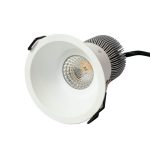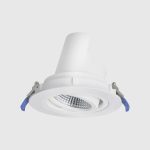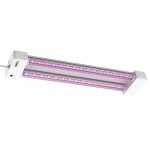LED Light Strip Cost Breakdown: How Much Does It Really Cost to Run LED Light Strips?
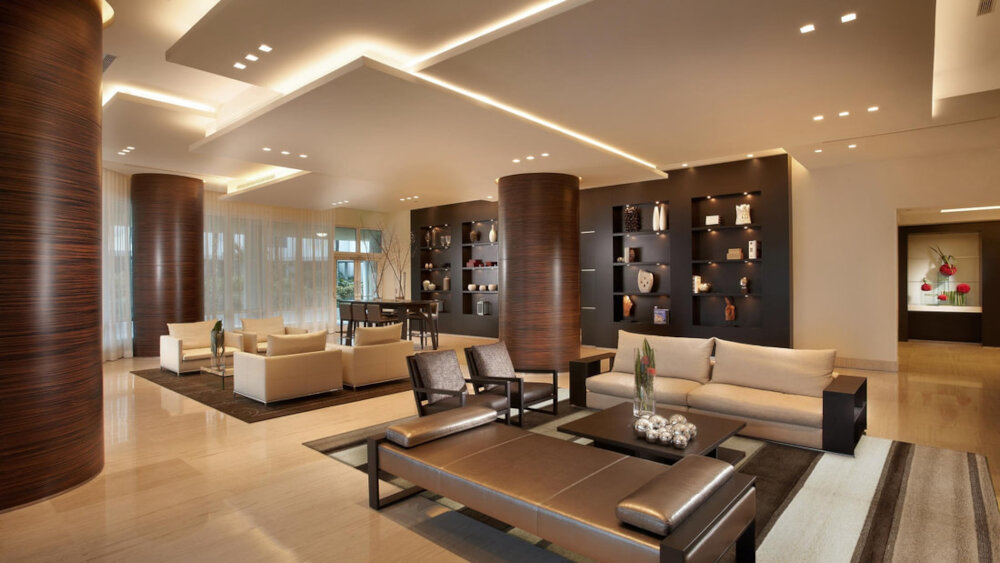
LED light strips have become increasingly popular in recent years, both for their aesthetic appeal and energy efficiency. While the initial cost of LED light strips may be higher than traditional lighting options, the long-term benefits can outweigh the investment. However, many consumers are still curious about the true cost of running LED light strips over time. To break it down, the cost of running LED light strips depends on several factors, such as the length of the light strip, the wattage of the LED lights, and the number of hours the lights are used per day. Additionally, the cost of electricity varies by location and utility provider, further complicating the calculation. Despite these variables, it is possible to estimate the cost of running LED light strips and make informed decisions when purchasing and using them. In this article, we will explore the cost breakdown of LED light strips and provide tips for maximizing their efficiency and cost-effectiveness.
LED light strips are a versatile and energy-efficient lighting solution that has become increasingly popular in recent years. They are flexible, easy to install, and available in a wide range of colors and brightness levels, making them suitable for a variety of applications, such as home and commercial lighting, accent lighting, and decorative lighting. LED light strips are also known for their long lifespan, low heat emission, and low power consumption, which makes them an eco-friendly and cost-effective lighting option. However, the cost of running LED light strips depends on several factors, such as the length of the strip, the number of LEDs, the power supply, and the usage time, among others. Therefore, it is essential to consider these factors before purchasing and installing LED light strips to determine the actual cost and energy savings over time.
It is essential to understand the cost of running LED light strips as it allows individuals to make informed decisions before purchasing and installing them. Knowing the cost of running LED light strips is beneficial in terms of energy efficiency and cost savings. LED light strips are known for their low energy consumption and long lifespan, which significantly reduces electricity bills and maintenance costs. Additionally, understanding the cost of running LED light strips allows individuals to calculate the payback period and return on investment, making it easier to decide if the investment is worth it. With the rising demand for LED light strips, knowing their cost of operation is crucial in making informed decisions and reducing energy consumption to save money and help the environment.
Factors Affecting LED Light Strip Cost
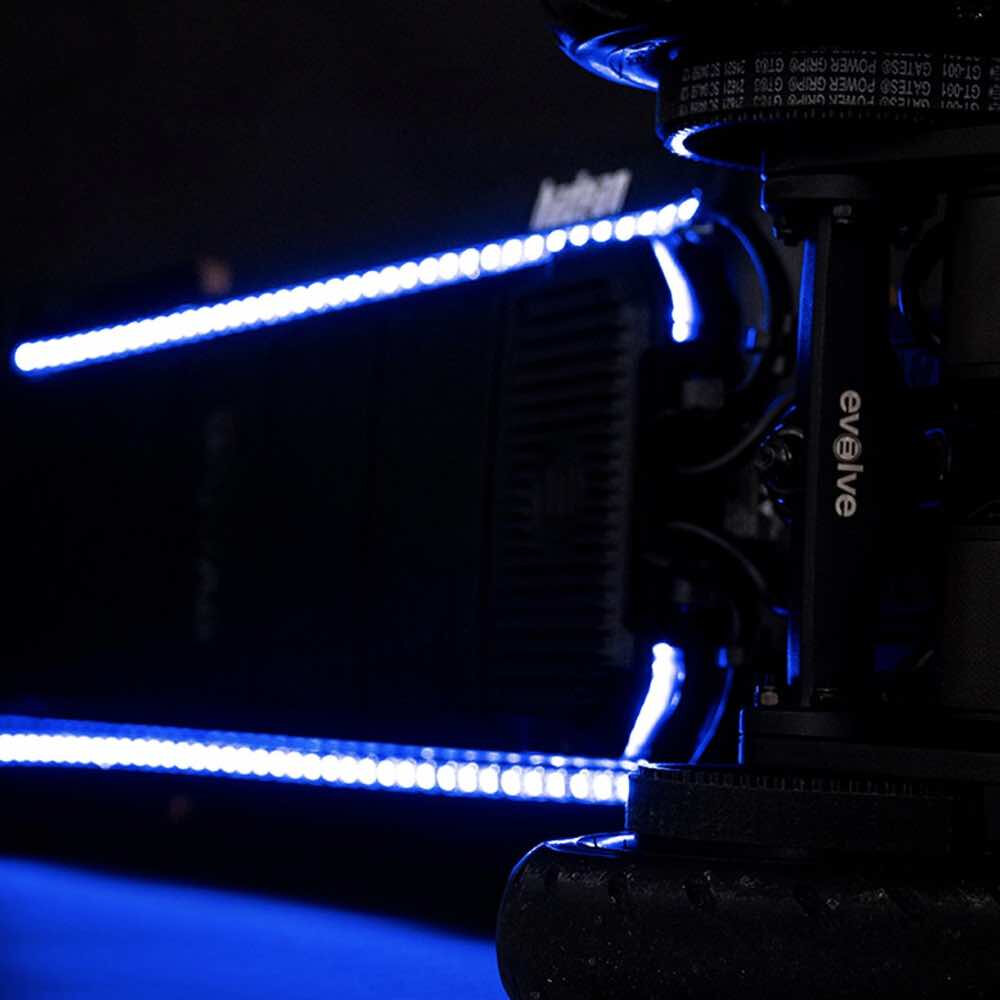
The cost of LED light strips can vary greatly depending on a number of factors. Firstly, the length of the LED strip is a major factor affecting the cost. Longer strips require more materials, which ultimately leads to a higher cost. Additionally, the quality of the LED lights themselves can also affect the cost, with higher quality lights generally costing more. Other factors include the type of power supply used, the design and construction of the strip, and the brand. Another factor that can affect the cost of LED light strips is the type of installation required. For example, if the strip needs to be installed in a hard-to-reach location, such as a high ceiling, the cost may be higher due to the additional labor required. Similarly, if the strip needs to be installed in a location with limited access or in a curved or angled shape, the cost may also be higher due to the additional time and effort required for installation. Ultimately, the cost of LED light strips will depend on a range of factors, and it is important to carefully consider each of these factors when considering the overall cost of your lighting project.
Wattage is a unit of measurement that indicates the amount of power consumed by an electronic device. In the case of LED light strips, the higher the wattage, the more power they consume. Power consumption refers to the amount of energy required by an electronic device to operate. As LED light strips are known for their energy efficiency, their power consumption is significantly lower than traditional light sources. This means that LED light strips can provide the same level of brightness while using much less energy, resulting in lower electricity bills and reduced environmental impact. Additionally, LED light strips have a longer lifespan than traditional light sources, making them a cost-effective and sustainable lighting solution.
When it comes to LED light strips, the length and number of strips you need will depend on the size of the area you want to light up. Longer strips can cover a larger surface area and are typically more expensive than shorter ones. Additionally, the number of strips needed will depend on the brightness level you desire and the type of installation you plan to do. For example, if you’re looking to create a complex lighting design with multiple colors and effects, you may need more strips than if you’re just looking for basic lighting. Ultimately, it’s important to consider your specific needs and budget when determining the length and number of LED light strips required for your project.
The cost of electricity in my area varies depending on the time of day and season. During peak hours, electricity can cost up to 30 cents per kilowatt-hour, while off-peak hours can be as low as 10 cents per kilowatt-hour. Additionally, the cost of electricity tends to be higher during the summer months due to the increased demand for air conditioning. However, despite these fluctuations, LED light strips are still an energy-efficient option that can save you money in the long run. LED lights use significantly less electricity than traditional incandescent bulbs and can last up to 25 times longer, making them a cost-effective and environmentally friendly choice.
The frequency and duration of usage play a significant role in determining the cost of running LED light strips. LED lights are energy-efficient and have a long lifespan, which means they consume less electricity and require less frequent replacements. However, if they are used continuously for extended periods, the electricity bills can quickly add up. It’s crucial to consider the frequency and duration of usage before purchasing LED light strips. If they’re used for a few hours a day, the cost may be negligible, but if they’re left on for prolonged periods, the cost can significantly impact the overall budget. Ultimately, finding the right balance between frequency and duration of usage is key to keeping costs low while enjoying the benefits of LED light strips.
Calculating LED Light Strip Cost
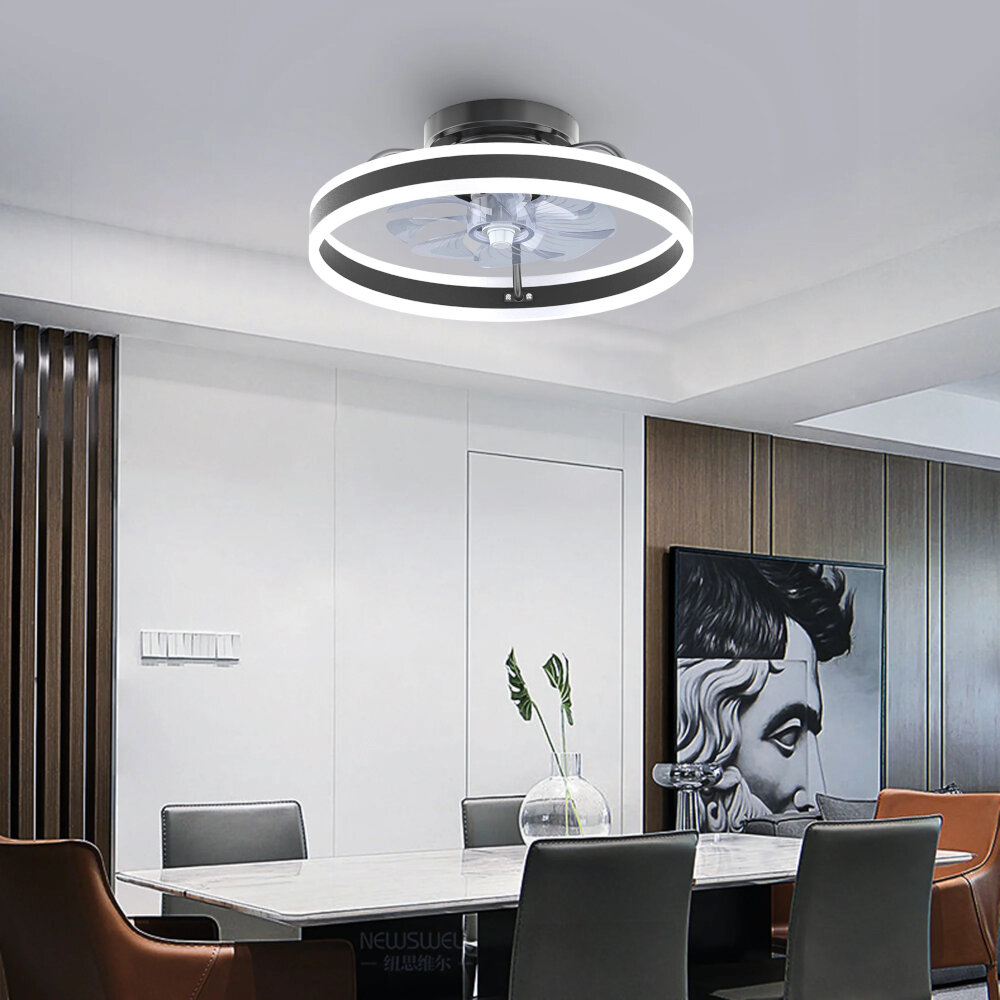
Calculating the cost of LED light strips can be a bit tricky as it involves various factors. The primary factor is the cost of the LED strip itself. The cost of the LED strip varies depending on the length, brightness, and color of the strip. A longer strip with more brightness and color options will cost more than a shorter strip with fewer options. It is essential to determine the required length and brightness of the LED strip before making a purchase to avoid overspending. Another factor to consider when calculating the cost of LED light strips is the power supply. The power supply is necessary to power the LED strip, and the cost of the power supply depends on the wattage of the LED strip. A higher wattage LED strip will require a more powerful power supply, which will cost more. It is crucial to ensure that the power supply matches the wattage of the LED strip to avoid damaging the strip or the power supply. Additionally, the cost of installation should also be considered when calculating the cost of LED light strips. The cost of installation can vary depending on the complexity of the installation and the experience of the installer.
Kilowatt-hours (kWh) refers to the amount of energy consumed by an electrical device over an hour of usage. It is a unit of measurement used to determine the cost of electricity consumption by electrical appliances. The cost of running an LED light strip can be calculated by multiplying the wattage of the LED strip by the number of hours it is being used, then dividing it by 1000 to get the kWh. This value is then multiplied by the cost of electricity per kWh to determine the cost of running the LED light strip. Understanding kWh is crucial in determining the actual cost of running electrical appliances and can help individuals make informed decisions on energy usage to save on costs.
Calculating the cost of running LED light strips is a straightforward process that can help you save money on energy bills. To determine the total cost, you need to know the wattage of your LED light strip, the price per kilowatt-hour charged by your energy provider, and the number of hours the light is in use. The formula for calculating the cost of running an LED light strip is as follows: (wattage of LED light strip ÷ 1000) x (price per kilowatt-hour) x (number of hours of use per day) x (number of days of use per year). By using this formula, you can estimate the cost of running your LED light strips and make informed decisions on energy usage.
Calculating the cost of running LED light strips can be a daunting task, but it’s essential to understand the long-term expenses associated with them. For example, let’s say you have a 16-foot LED light strip that uses 24 watts of power per hour. If you run the lights for 8 hours a day, that’s a total of 192 watts per day. Assuming you pay the national average of $0.13 per kilowatt-hour, the cost to run the LED light strip will be around $0.025 per day or $0.77 per month. However, if you have multiple LED light strips running for several hours a day, the cost can quickly add up. It’s important to calculate the cost of running these lights to make an informed decision about their use.
Comparison with Other Lighting Options
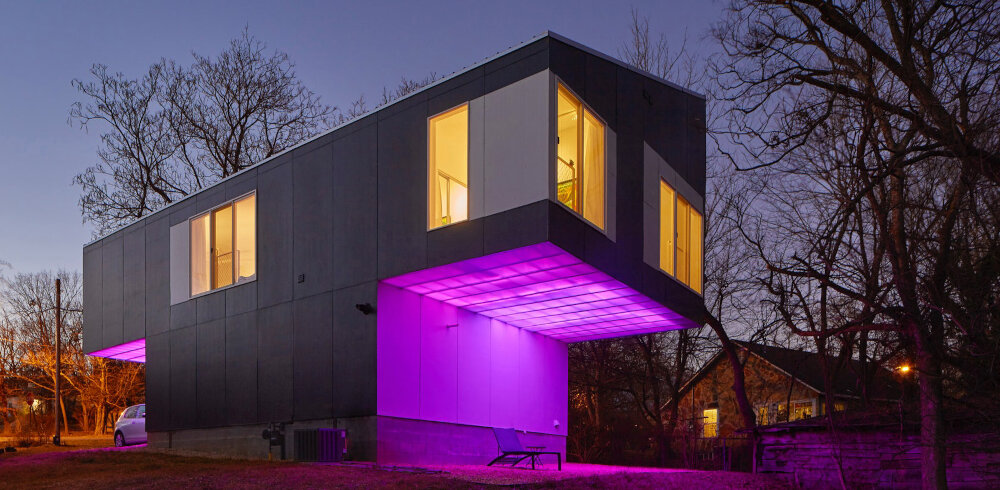
When it comes to lighting options, there are several choices available in the market. LED light strips have become increasingly popular in recent years, especially for their energy efficiency and versatility. Compared to traditional lighting options such as incandescent bulbs and fluorescent tubes, LED light strips consume significantly less energy, making them a more cost-effective option in the long run. Additionally, LED light strips have a longer lifespan than other lighting options, which means that they require less frequent replacements and maintenance. This makes them an ideal choice for both residential and commercial settings. On the other hand, LED light strips can be more expensive upfront compared to traditional lighting options. However, considering their energy efficiency and longer lifespan, the initial investment pays off over time. When compared to other energy-efficient lighting options such as compact fluorescent bulbs, LED light strips are a better choice because they do not contain any hazardous materials like mercury, making them environmentally friendly. Overall, when it comes to lighting options, LED light strips are a superior choice for those who want to save money on their energy bills while reducing their carbon footprint.
When it comes to cost comparison, LED light strips are significantly cheaper to operate than traditional incandescent bulbs. While incandescent bulbs are less expensive to purchase upfront, they consume a lot more energy and need to be replaced frequently. In contrast, LED light strips are designed to last for tens of thousands of hours, and they consume very little energy. This results in lower electricity bills and fewer replacements, which makes LED light strips a more cost-effective choice in the long run. Additionally, many LED light strips are dimmable, allowing users to adjust the brightness and further reduce energy consumption. Overall, the cost savings of LED light strips outweigh the initial investment and make them a smart choice for anyone looking to save money and reduce their carbon footprint.
When it comes to cost comparison with compact fluorescent lamps (CFLs), LED light strips are a clear winner. While CFLs are still more energy-efficient than traditional incandescent bulbs, they fall short in terms of lifespan and overall cost-effectiveness. CFLs typically last around 10,000 hours, while LED light strips can last upwards of 50,000 hours. Additionally, LED light strips use less energy than CFLs and produce less heat, meaning they are more environmentally friendly and can help save on air conditioning costs. While LED light strips may come with a higher upfront cost, the long-term savings and benefits make them a smart investment for both residential and commercial settings.
When considering the cost of LED light strips, it is also important to look at their environmental impact. In comparison to traditional incandescent bulbs, LED lights are much more energy-efficient and have a longer lifespan, reducing the amount of waste produced. Additionally, LED lights do not contain harmful chemicals such as mercury, which can be released into the environment when incandescent bulbs are disposed of. While LED light strips may have a higher upfront cost, their lower energy consumption and longer lifespan make them a more environmentally-friendly option in the long run. It is important to consider both the economic and environmental impact when making decisions about lighting choices.
Tips for Reducing LED Light Strip Cost
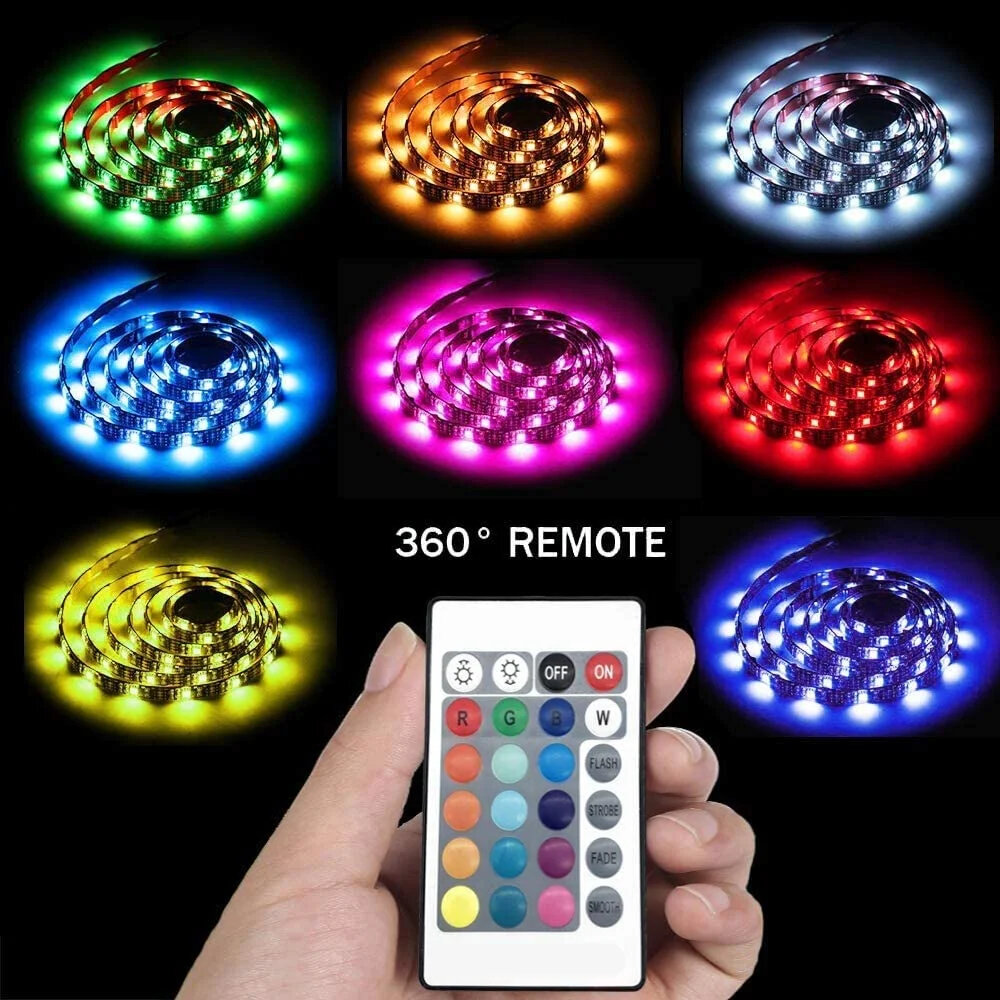
LED light strips have become increasingly popular in recent years, offering a cost-effective and energy-efficient way to add accent lighting to homes, businesses, and outdoor spaces. However, the cost of LED light strips can vary widely, depending on factors such as the length and quality of the strip, as well as the complexity of the installation. If you’re looking to reduce the cost of your LED light strip project, there are several tips you can follow. First, consider the length of the LED light strip you need. While longer strips may seem like a better value, they may also be more expensive and require more power to run. Instead, opt for shorter strips that can be placed strategically in key areas for maximum impact. You can also look for LED light strips that are sold by the foot, so you can purchase only the length you need. Additionally, be sure to choose a quality LED light strip that is designed to last for years, so you won’t have to replace it frequently and spend more money in the long run.
One of the most effective ways to reduce energy consumption and save money on electricity bills is to purchase energy-efficient LED light strips. These light strips use significantly less electricity than traditional incandescent bulbs, and they have a much longer lifespan. LED light strips are also incredibly versatile and can be used for a variety of purposes, such as accent lighting, task lighting, or even decorative lighting. While the upfront cost of LED light strips may be slightly higher than other types of lighting, the long-term savings on energy costs and the extended lifespan of the bulbs make them a smart investment for any home or business. Additionally, LED light strips are environmentally friendly, as they produce fewer greenhouse gas emissions and contain no hazardous materials.
One of the most effective ways to control the usage of LED light strips is by using timers or motion sensors. These devices allow you to set a specific time for the lights to turn on and off or to activate the lights only when motion is detected in the room. This not only helps to reduce energy consumption but also ensures that the lights are only being used when needed. Timers can be set to turn off the lights when you leave the room, eliminating the need to remember to turn them off manually. Motion sensors are also a great option for outdoor lighting, where they can detect movement and turn on the lights automatically, providing added security and convenience. In short, using timers or motion sensors can be an easy and effective way to control the usage of LED light strips, helping to save energy and reduce costs.
One of the easiest ways to save money on LED light strips is to turn them off when they are not in use. While the energy consumption of LED light strips is already low compared to traditional lighting, leaving them on unnecessarily can still add up to your electricity bill. By turning off your LED light strips when not in use, you can reduce your energy consumption and prolong the lifespan of your LED lights. This simple habit can also help you reduce your carbon footprint and contribute to a more sustainable environment. So, don’t forget to switch off your LED light strips when you leave the room or when you don’t need them.
In conclusion, the cost of running LED light strips is relatively low compared to traditional lighting options. The initial cost may be higher, but the energy efficiency and longevity of LED lights make them a cost-effective choice in the long run. The cost of electricity varies depending on location and usage, but LED lights use significantly less energy than incandescent bulbs, resulting in lower electricity bills. Additionally, the lifespan of LED lights is much longer than traditional bulbs, reducing the need for frequent replacements and saving money on maintenance costs. Overall, investing in LED light strips may require a higher upfront cost, but the savings in energy and maintenance costs make it a financially savvy choice.
When purchasing and using LED light strips, it is crucial to consider their cost. While LED light strips are known for their energy efficiency and longevity, their initial costs can vary significantly. A thorough cost analysis of LED light strips can help users determine their long-term savings and select the appropriate LED lights for their needs. Factors such as the wattage, lifespan, and the color temperature of LED light strips can all impact their cost. Additionally, understanding the cost of running LED light strips can help users make informed decisions about their energy consumption and expenses. By taking the time to consider LED light strip costs, users can save money and make sustainable choices for their lighting needs.
Conclusion
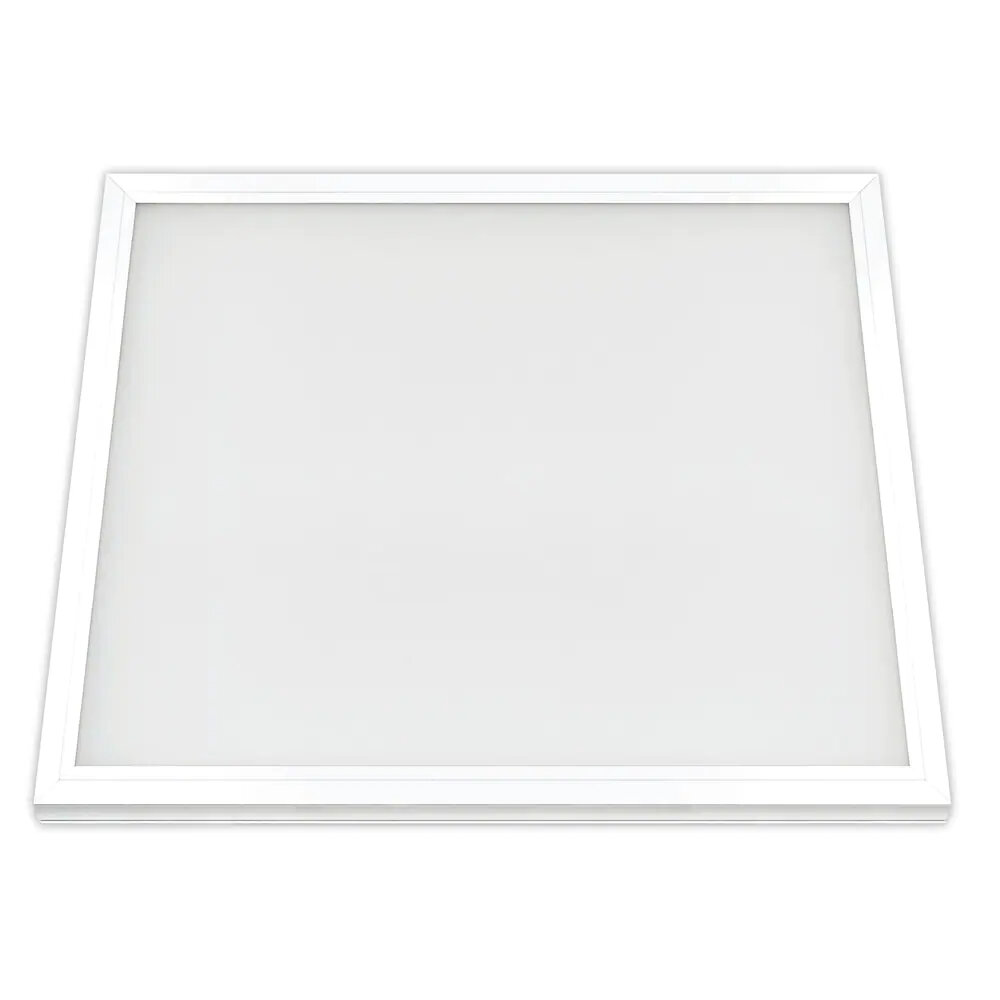
In conclusion, LED light strips are a fantastic lighting option due to their low energy consumption, long lifespan, and versatility. While the initial cost may be slightly higher than traditional lighting options, the overall cost of running LED light strips is significantly lower. It’s essential to consider the cost breakdown factors, such as wattage, color temperature, and length, before purchasing LED light strips. By doing so, you can ensure that you get the most cost-effective LED light strips for your specific needs. With their energy efficiency and longevity, LED light strips are an excellent investment for any homeowner or business owner looking to save money and reduce their carbon footprint.


